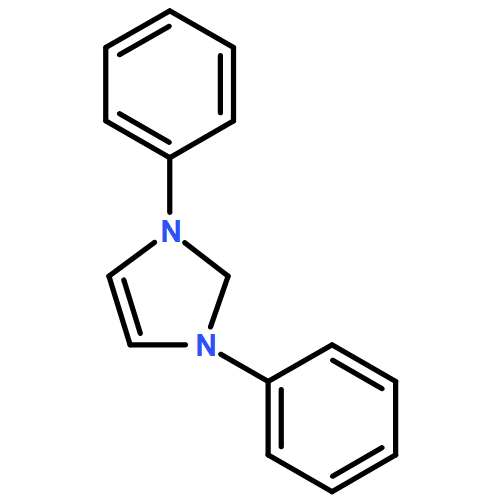Co-reporter: Natalie Fey, Mairi F. Haddow, Jeremy N. Harvey, Claire L. McMullin and A. Guy Orpen
pp: 8183-8196
Publication Date(Web):14 Aug 2009
DOI: 10.1039/B909229C
We describe the development of a ligand knowledge base designed to capture the properties of C-donor ligands coordinating to transition metal centres, LKB-C. This knowledge base has been developed to describe both singlet (Arduengo and Fischer) and triplet (Schrock) carbenes, as well as related neutral monodentate C-donor ligands. The descriptors evaluated and used have been derived from a range of coordination environments to maximise their transferability and hence utility for the investigation of such ligands. These descriptors have been analysed with different statistical approaches, both individually to determine their chemical context, and collectively by principal component analysis thereby allowing the derivation of maps of ligand space for different ligand sets. The utility of such maps for investigating ligand similarity and identification of target areas for future ligand designs has been discussed. In addition, linear regression models have been fitted for the prediction of a calculated response variable, highlighting further potential applications of such a knowledge base.
Co-reporter: Natalie Fey, Mairi F. Haddow, Jeremy N. Harvey, Claire L. McMullin and A. Guy Orpen
pp: NaN8196-8196
Publication Date(Web):2009/08/14
DOI: 10.1039/B909229C
We describe the development of a ligand knowledge base designed to capture the properties of C-donor ligands coordinating to transition metal centres, LKB-C. This knowledge base has been developed to describe both singlet (Arduengo and Fischer) and triplet (Schrock) carbenes, as well as related neutral monodentate C-donor ligands. The descriptors evaluated and used have been derived from a range of coordination environments to maximise their transferability and hence utility for the investigation of such ligands. These descriptors have been analysed with different statistical approaches, both individually to determine their chemical context, and collectively by principal component analysis thereby allowing the derivation of maps of ligand space for different ligand sets. The utility of such maps for investigating ligand similarity and identification of target areas for future ligand designs has been discussed. In addition, linear regression models have been fitted for the prediction of a calculated response variable, highlighting further potential applications of such a knowledge base.


